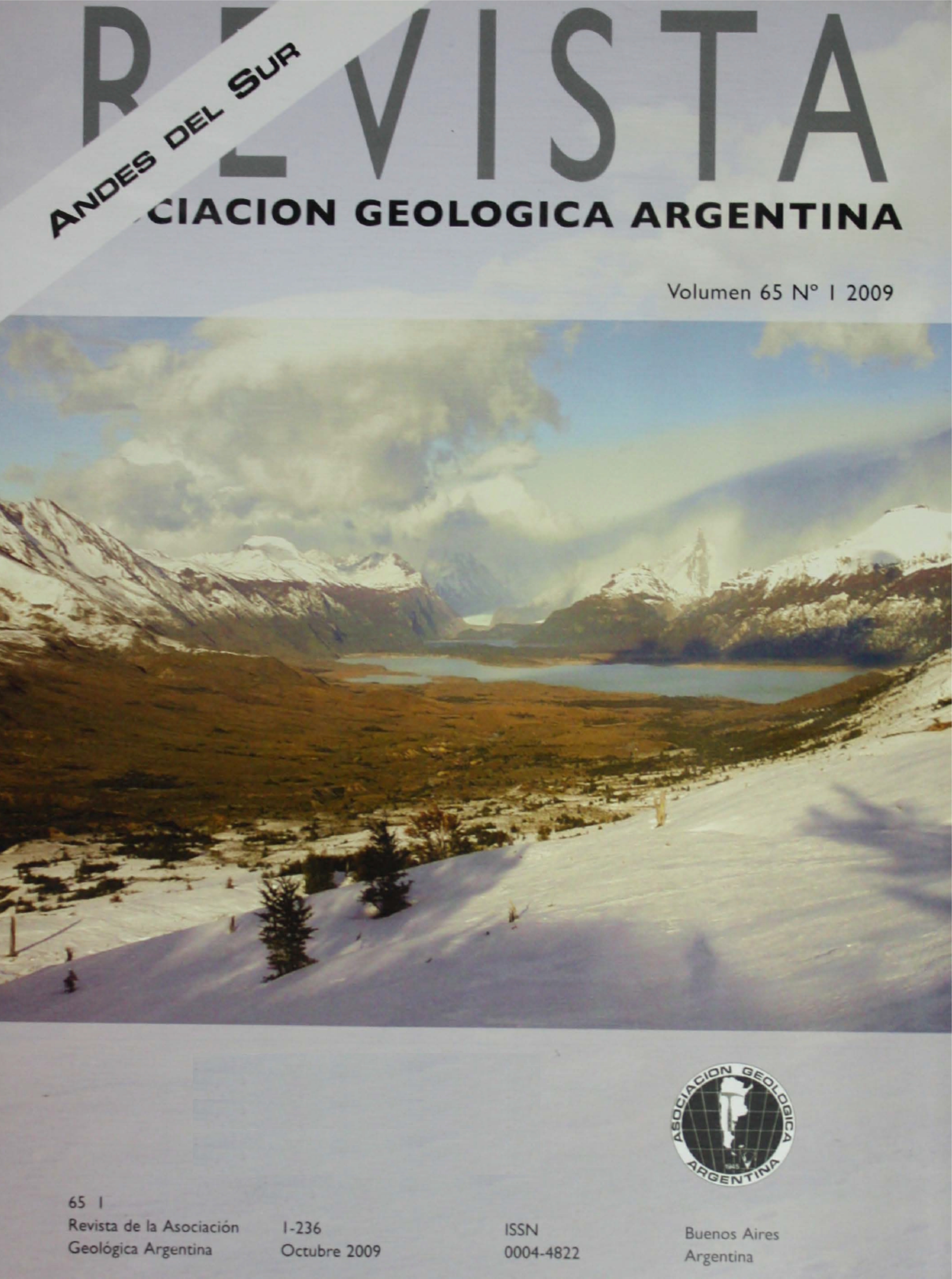Tectonic evolution of the Andean front in Neuquén
Main Article Content
Abstract
The Neuquén pre-Andean region is composed of a fossilfold belt known as the Agrio fold and thrust belt. The exceptional outcrops andthe subsurface data together with recent radiometric ages and new fission-trackages in apatite have allowed establishing the tectonic evolution of this area. Thedeformation began during the Late Cretaceous, documented by 100 Ma E-W trendingbasaltic dikes, cutting the cerro Mocho structure in the inner part of theAgrio fold and thrust belt. This event was a consequence of a gentle shallowingof the subducting plate that generated the eastward migration of the volcanicarc. This migration is documented in the Collipilli region, where recent radiometricages yielded ~ 70 Ma for the Collipilli and Cayanta Formations. They overlayunconformable the Mesozoic sequence, bounding the upper limit of the firstdeformational event. The unconformity between the Neuquén and Bajada del AgrioGroups in the outer zone was generated in this first event. The newfission-track data in the Los Chihuidos High indicate at least threecooling/uplift events, starting around 70-50 Ma. During the Miocene a newdeformational event occurred, as shown by the synorogenic deposits of Tralalhuéconglomerate, Puesto Burgos and Rincón Bayo Formations. The apatite fission-track data show other two cooling/uplift events between 11 and 6 Ma in the LosChihuidos High.
Article Details

This work is licensed under a Creative Commons Attribution-NonCommercial 4.0 International License.
Nota de copyright
Los autores conservan los derechos de autor y garantizan a la revista el derecho de ser la primera publicación del trabajo licenciado según una licencia de atribución Creative Commons que permite a otros compartir el trabajo con el reconocimiento de la autoría y de la publicación en la que se publicó por primera vez.
Declaración de privacidad
Los nombres y direcciones de correo electrónico introducidos en esta revista se usarán exclusivamente para los fines declarados por esta revista y no estarán disponibles para ningún otro propósito u otra persona.

